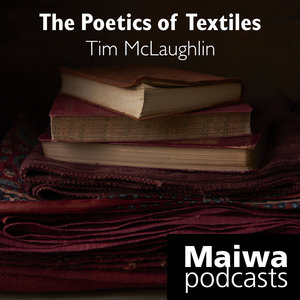Tuesday, February 27, 2024
No comments
Thursday, February 22, 2024
No comments
We commission hand-carved wood blocks from traditional artisans. Now everyone can experience the wonder of working with these magnificent blocks on textiles, paper, clay, or any other media.
Tuesday, February 20, 2024
No comments
Thursday, February 15, 2024
No comments
Tuesday, February 13, 2024
No comments
Thursday, February 08, 2024
No comments
NEW SHAWLS!
The Changtang Plateau is surrounded by the stunning mountain ranges of Ladakh and Zanskar - a vast, arid and breathtaking landscape approximately 4600m above sea level.
Tuesday, February 06, 2024
No comments
Thursday, February 01, 2024
No comments




























